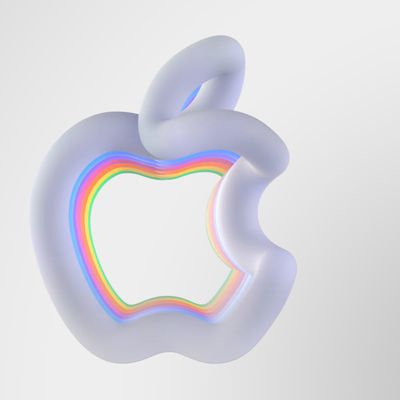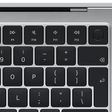When looking at the current state of the Mac lineup, the new MacBook Pro is the only model Apple has updated over the past seven-plus months. Even the latest MacBook Pro models required a 527-day wait, which was considerably longer than the average of 320 days between previous MacBook Pro refreshes.

A glance at our own MacRumors Buyer's Guide shows the new MacBook Pro is the only Mac currently listed with a "Buy Now" status, as all other models beyond the 12-inch MacBook have not been refreshed for significant periods of time. The longest overdue is the Mac Pro, last updated 1,084 days ago.
• iMac — 420 days ago
• MacBook Air — 638 days ago
• Mac mini — 782 days ago
• Mac Pro — 1,084 days ago
The lack of updates can be at least partially attributed to Apple having to wait on chipmakers and suppliers such as Intel, AMD, and Nvidia, each of which follow their own product roadmaps, although that cannot be the only reason given Skylake processors are now readily available for update-deprived Macs.
A lack of meaningful updates to several Macs this year impacted Apple's bottom line, as Mac revenue has declined for four consecutive quarters year-over-year. The declines have worsened each quarter, starting with a 3% drop in Q4 2015 and progressing to a 17% drop in Q3 2016, according to Strategy Analytics.
Apple investors now await the company's first quarter earnings results to see if the new MacBook Pro models will be able to reverse that trend.
Conversely, after several down quarters, the iPad has experienced a mostly upward trajectory over the past year, thanks largely in part to the iPad Pro's higher average selling price. Apple's tablet revenue is now stable on a year-over-year basis, after dipping as low as -21% one year ago.

Strategy Analytics senior analyst Eric Smith attributes the stabilizing effect to Apple's renewed focus on iPads. He said Apple entered the 2-in-1 tablet market with the iPad Pro and Smart Keyboard right in time to renew growth and capitalize on growing enterprise demand in the future.
Recognizing that Microsoft was changing the computing device market, Smith said Apple "pretty much forgot about Mac" in order to attack the 2-in-1 tablet segment with the release of iPad Pro models over the past year.
"Apple has been a master of cannibalizing its own business before other companies do so in a major way," Smith told MacRumors. "Apple let iPad slide until it became clear that Microsoft was changing the computing device market. It refocused on iPad with the Pro series and pretty much forgot about Mac to attack the 2-in-1 segment."
Apple's move was rather effective, as iPad market share has stabilized at 22% over the past two years after declining for the previous four years. But it would seem it took a change in stance to get there as, in the past, Apple essentially dismissed the idea of releasing a tablet-notebook hybrid.

During a 2012 earnings call, when asked to comment on why the MacBook Air and iPad would not eventually converge, Apple CEO Tim Cook argued that combining the products would result in compromises. "You can converge a toaster and a refrigerator but those won't be pleasing to the user," he said.
By contrast, earlier this year Apple released a TV ad called "What's a Computer?" that positions the iPad Pro as a computer. "Imagine what your computer could do if your computer was an iPad Pro," the tagline concludes.
Likewise, Cook said the iPad Pro is a notebook or desktop computer replacement for many people. "They will start using it and conclude they no longer need to use anything else, other than their phones," he added. "I think if you're looking at a PC, why would you buy a PC anymore? No really, why would you buy one?"
In the post-PC era, it is perhaps unsurprising that Apple's attention has shifted more towards the iPhone—and by extension, the iPad. But many faithful customers are hoping Apple will eventually turn its sights back to the Mac, following what some critics believe was a disappointing MacBook Pro update amid an aging lineup of Macs.
Rumors suggest Apple will launch new iMacs in the first six months of 2017, and at least one model is said to include an option for new AMD graphics chips. The roadmap for other Macs remains less clear.





















